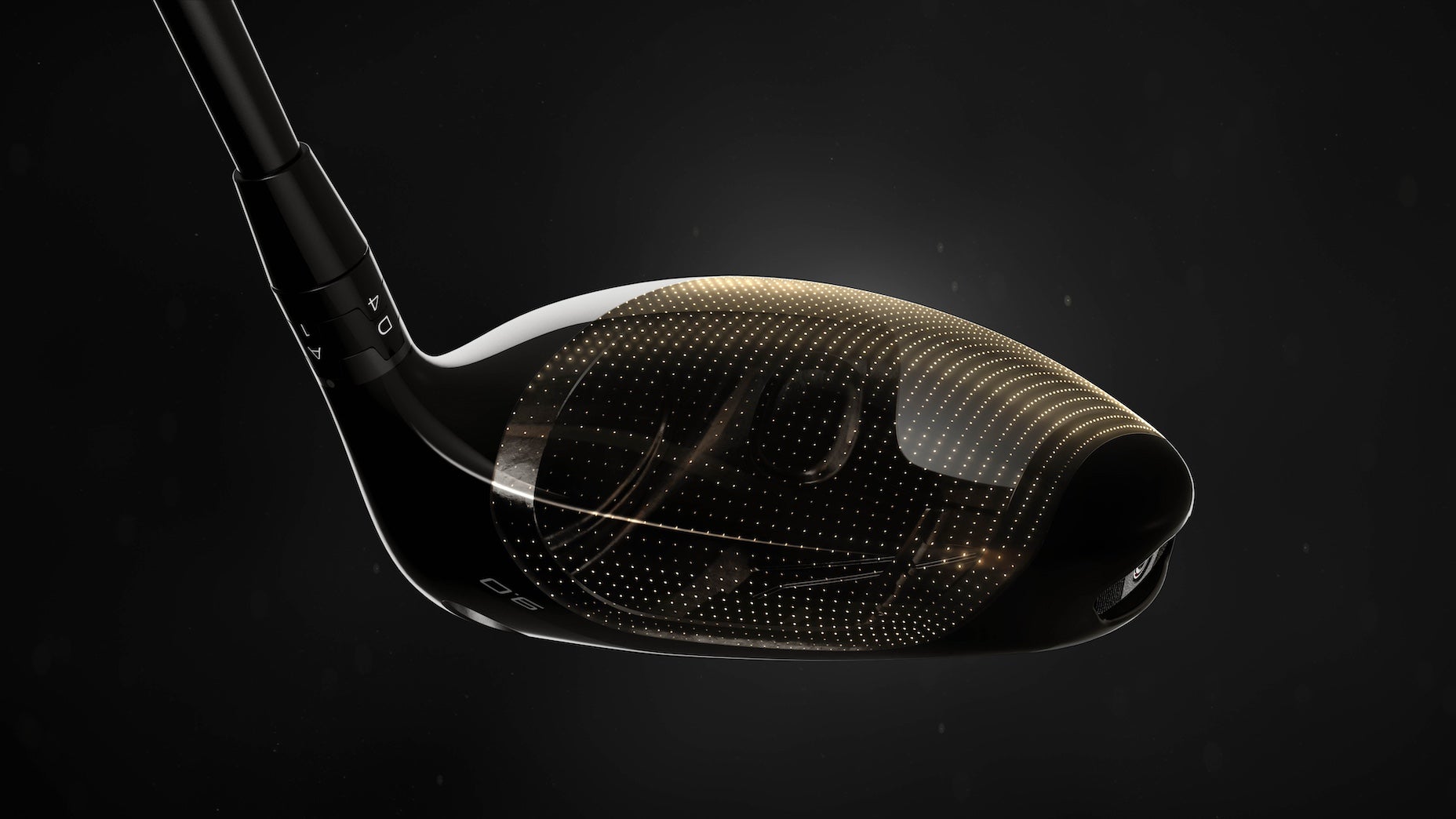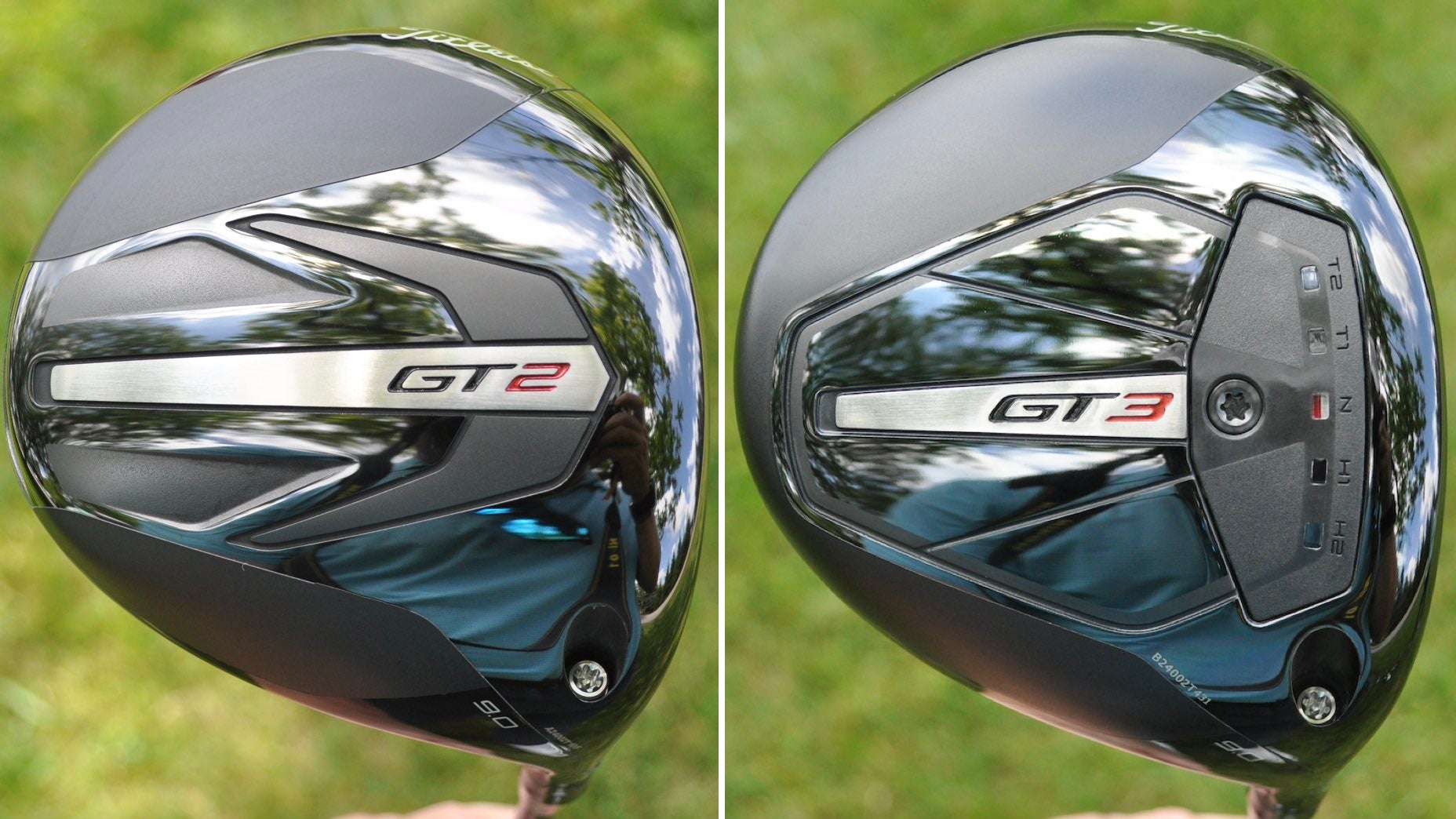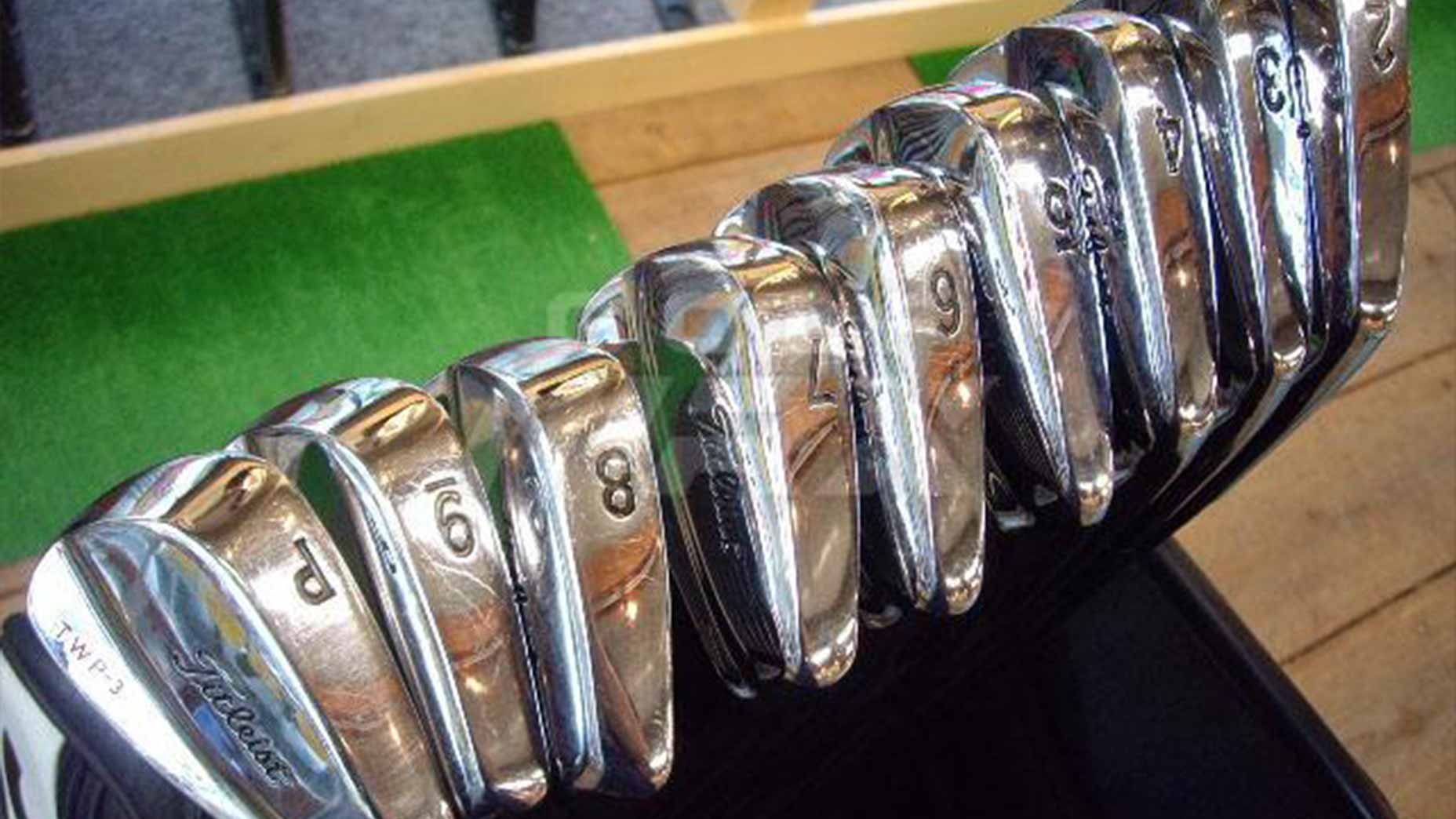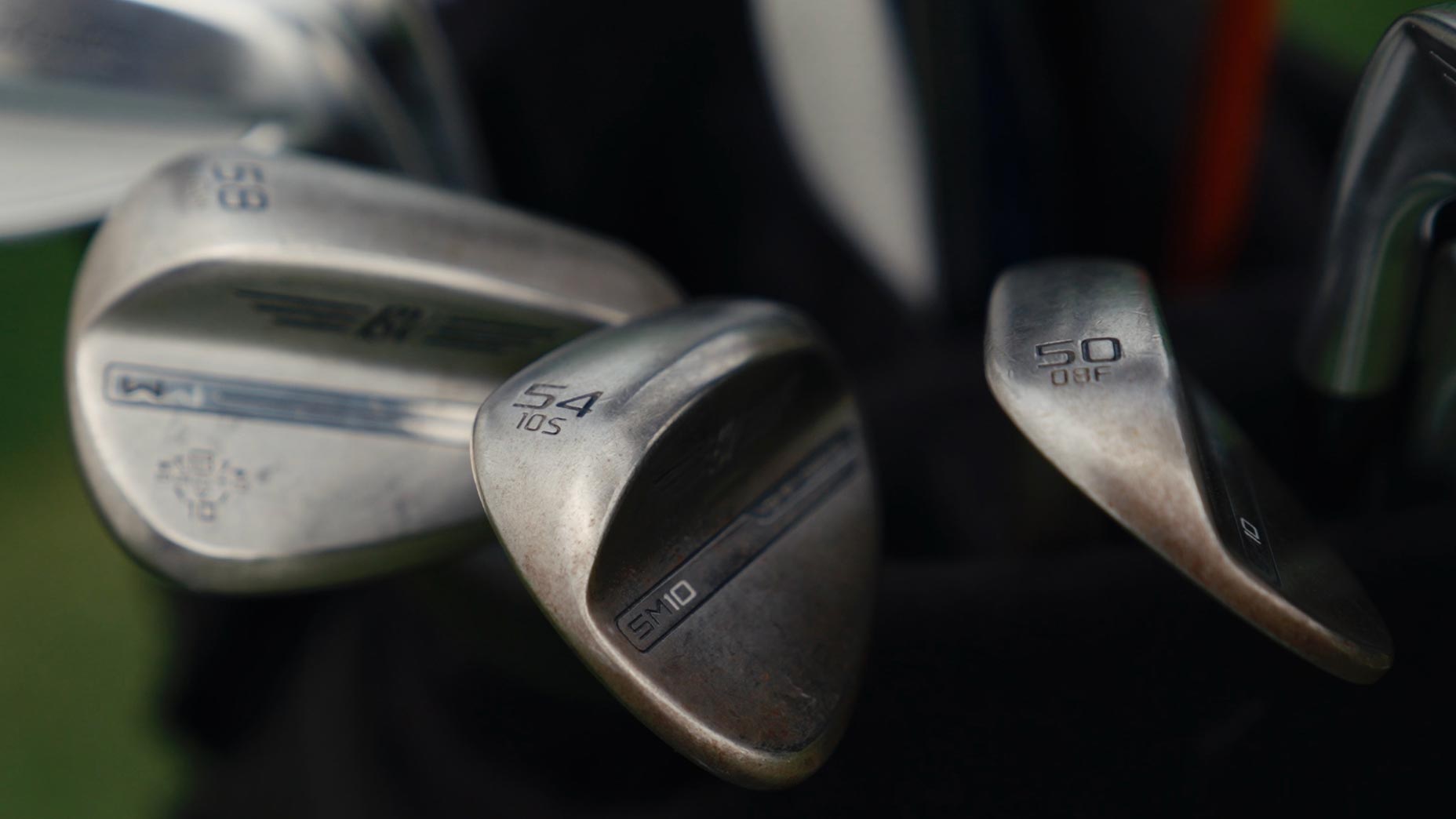Before a club is deemed worthy of earning a spot in the bag, it has to pass the “eye test.” For tour pros, this is a non-negotiable. If it doesn’t look good in the address position, there’s no need to take a single swing.
While watching pros test out Titleist’s GT drivers and fairway woods for the first time last month at the Memorial Tournament, I noticed every pro conducted the eye test in almost the same manner. They observe the graphics and weight adjustments in the sole before flipping it over to inspect the crown. Minor changes in shaping can be a turnoff for some pros; the same goes for wholesale changes to the crown color. Consistency is key.
“What I love about Titleist is I always know what I’m getting,” Titleist staffer Peter Malnati told GOLF.com. “There’s no big surprises or changes to the shaping and look that make you scratch your head. They find plenty of ways to improve the performance, but never at the expense of visuals. That’s something I’ve always appreciated.”

If you didn’t know by now, tour pros also hate surprises. This brings us to recent content shoots Titleist conducted in December with its top staffers, including Jordan Spieth, Justin Thomas, Cameron Young and Max Homa. The goal behind the shoot was to capture the best players in the world getting a glimpse at Titleist’s GT metalwoods for the first time. Organic feedback is important when you’re attempting to let recreational golfers into the mind of a Spieth or Thomas.
Of course, Stephanie Luttrell, Titleist’s director of metalwood development, and J.J. Van Wezenbeeck, Titleist’s director of player promotion, didn’t want to just hand over GT as if it were just another club. There needed to be some buildup.
With Titleist shifting to a new multi-material construction featuring a Seamless Thermoform Crown made from a Proprietary Matrix Polymer (PMP) — yes, it’s a mouthful — Luttrell and Van Wezenbeeck showed each player the different components that made up the body and crown. The problem with presenting in this manner is it leads pros to assume the looks are changing in a big way, as has been the case for other manufacturers who’ve embraced carbon crown constructions.
Titleist GT2, GT3 and GT4 drivers: 7 things you need to knowBy: Jonathan Wall
“We were showing these pieces to Jordan, Justin and Cam, and you could kind of register the look of concern as I’m showing them all of this,” Luttrell said in an interview with GOLF.com at the Titleist Performance Institute in Oceanside, California.
It was at this point that Luttrell and Van Wezenbeeck realized they needed to assuage fears that a visual change was imminent.
“J.J. opened the drawer and pulled [the driver heads] out and they all said, ‘Oh, thank god,'” said Luttrell. “It’s one of those imperceptibles that we try to pay attention to and do well to deliver a driver that provides a lot of confidence in the address position.”
Potential disaster averted. What the trio of pros didn’t realize was the work that went into changing the material composition of the head without altering the overall look, sound and feel. The inclusion of PMP is just one of the many intriguing changes Titleist made to its latest metalwood lineup.
During the extensive sitdown interview, Luttrell detailed all of those changes and the work that went on behind the scenes to go from an all-titanium construction to a multi-material sensation that’s already drawing rave reviews on tour and seeing rapid adoption. She also discussed the importance of aerodynamics, taking part in tour testing, driver designs of the future and more.
Click here to watch the full interview on YouTube or listen to it on this week’s Fully Equipped podcast.
Want to overhaul your bag for 2024? Find a fitting location near you at True Spec Golf.










